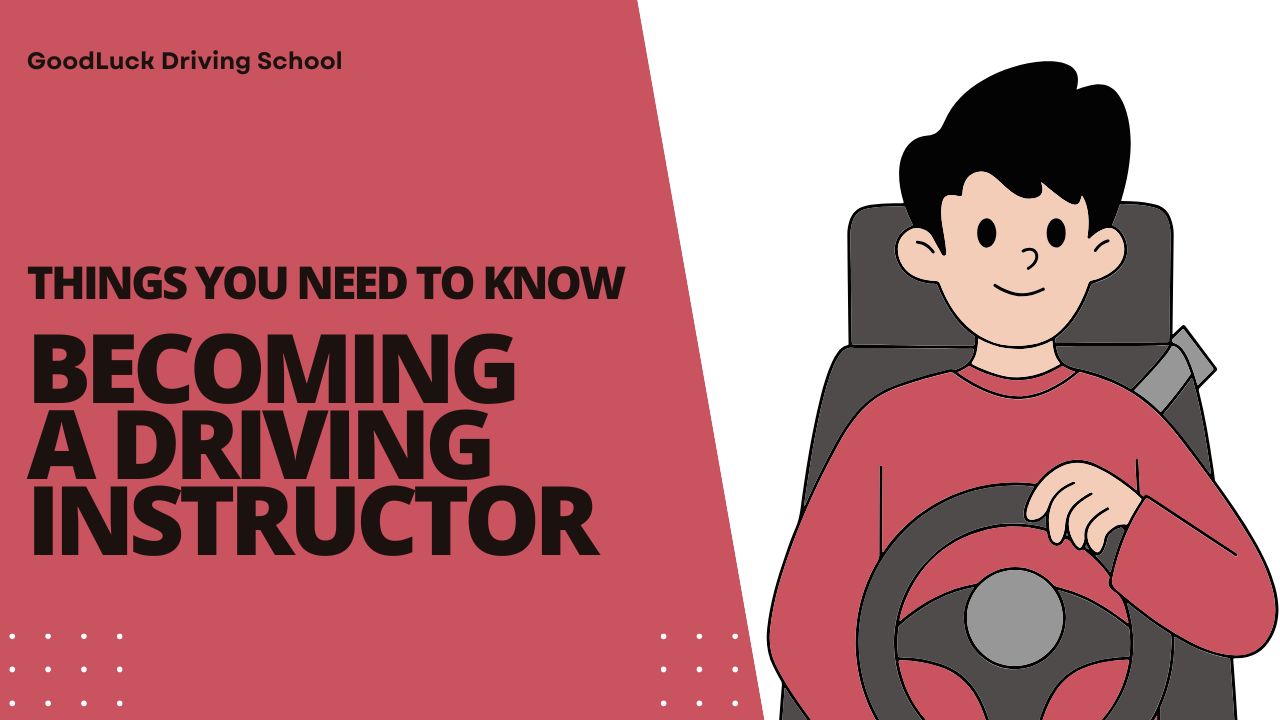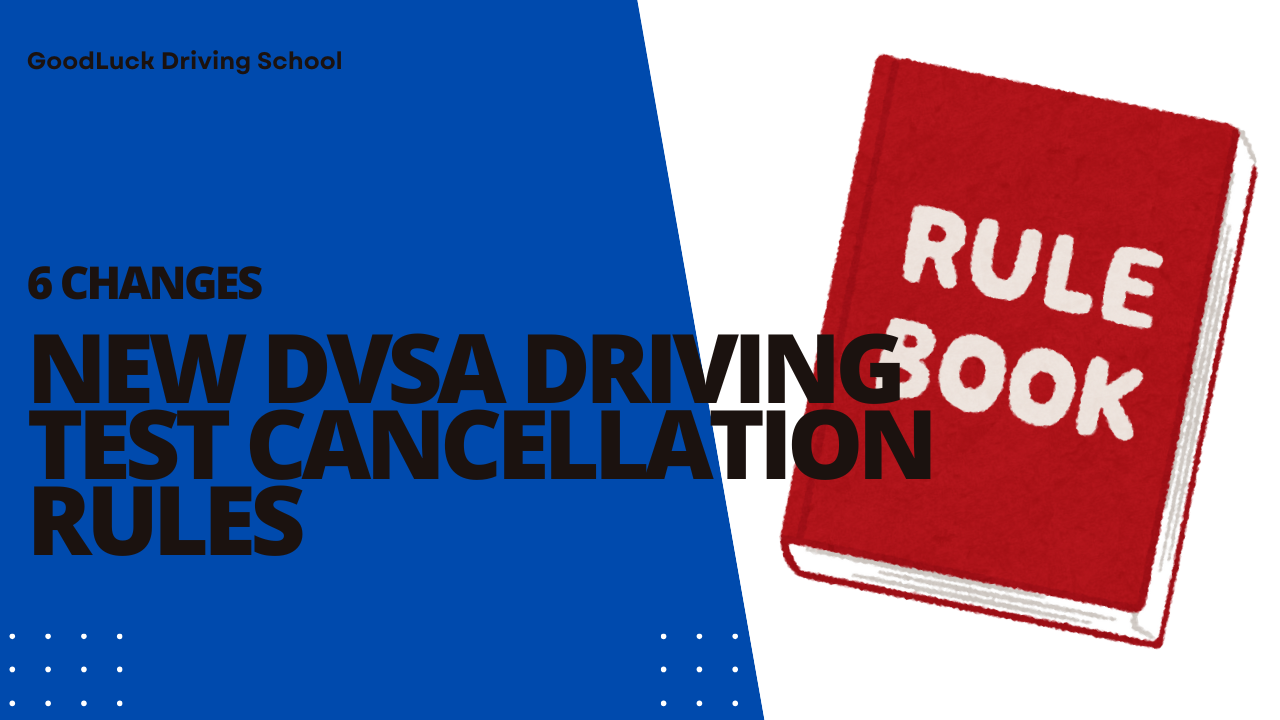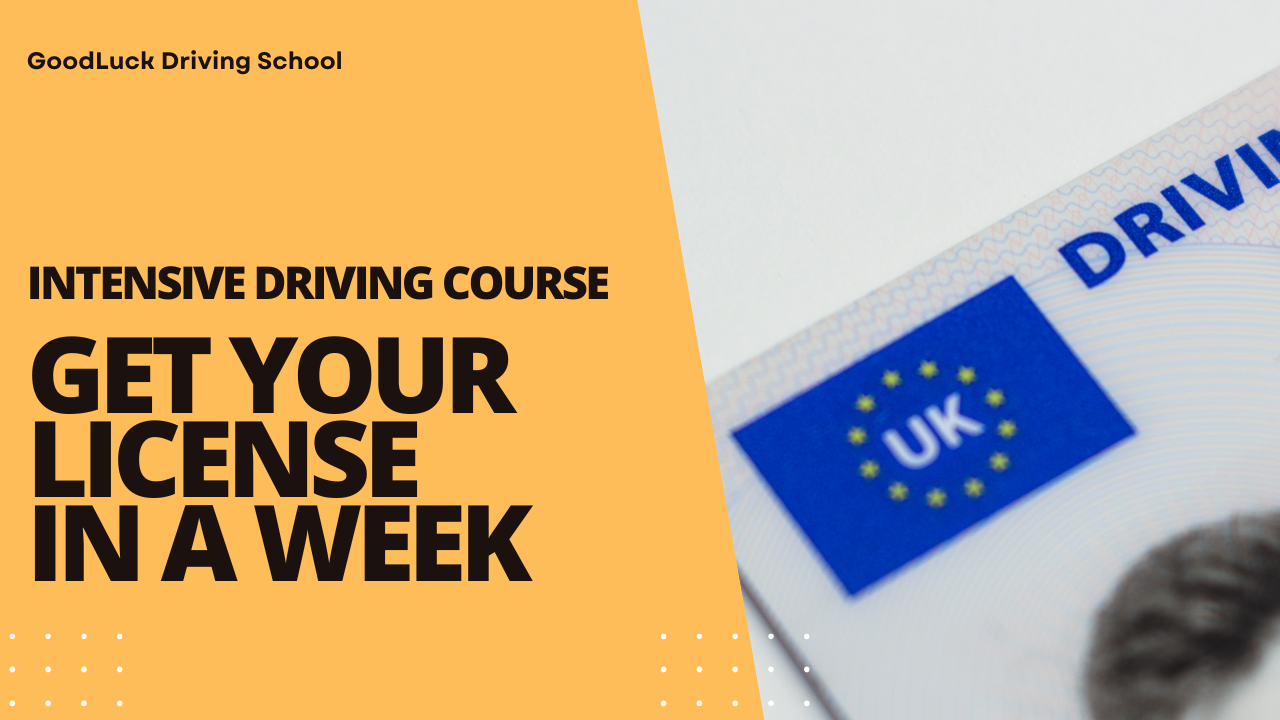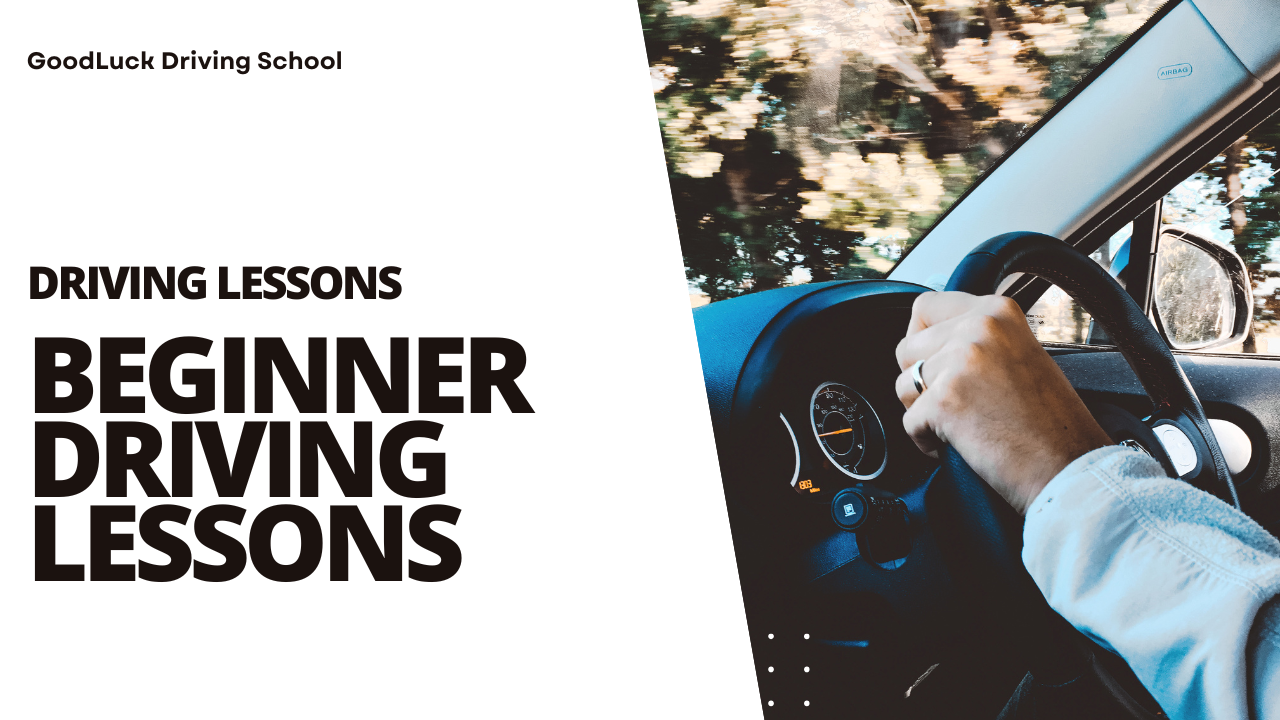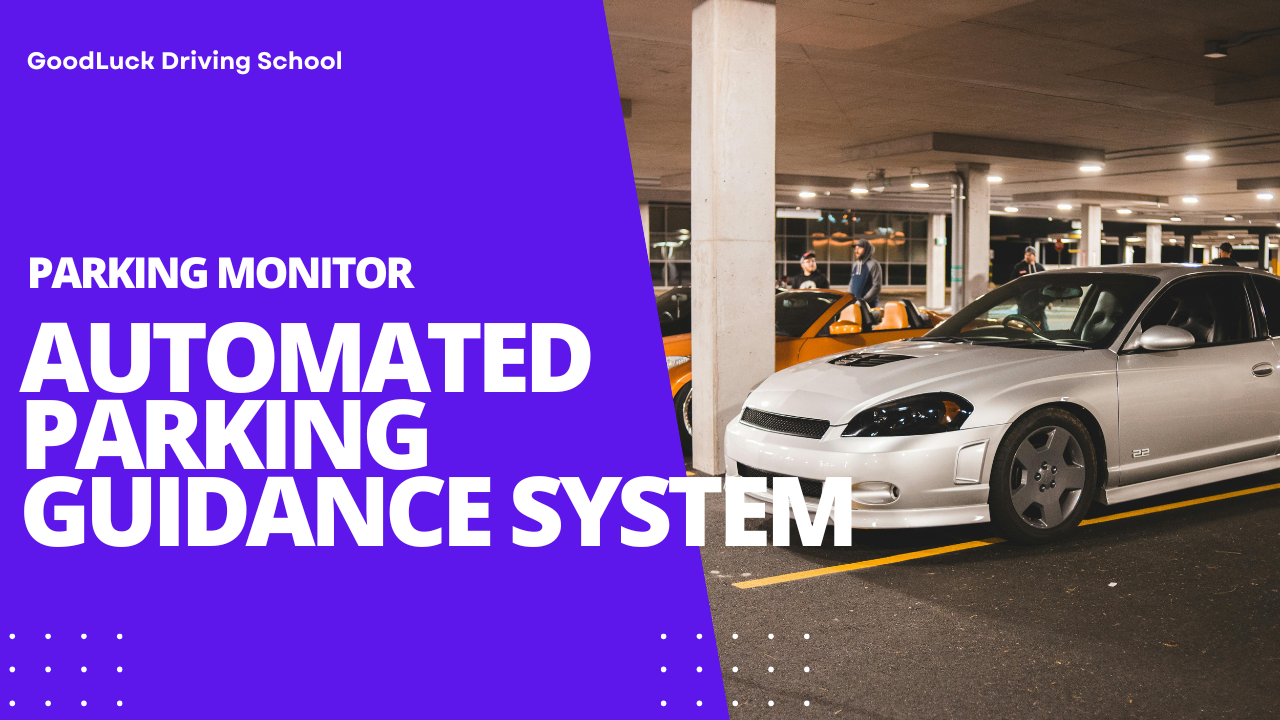
Automated Parking Guidance System (APGS) Pros & Cons for Beginner Driver
An Automated Parking Guidance System (APGS) uses cameras, sensors, and digital signs which help drivers find available parking spots more quickly and safely. By simplifying the parking process, APGS help decrease traffic jams, and improves the general parking experience.
What is a Parking Guidance System?
Parking Guidance System is a feature in some modern cars that helps you park more easily. It uses sensors and cameras to detect parking spaces and can also help steer the car into the space for you.
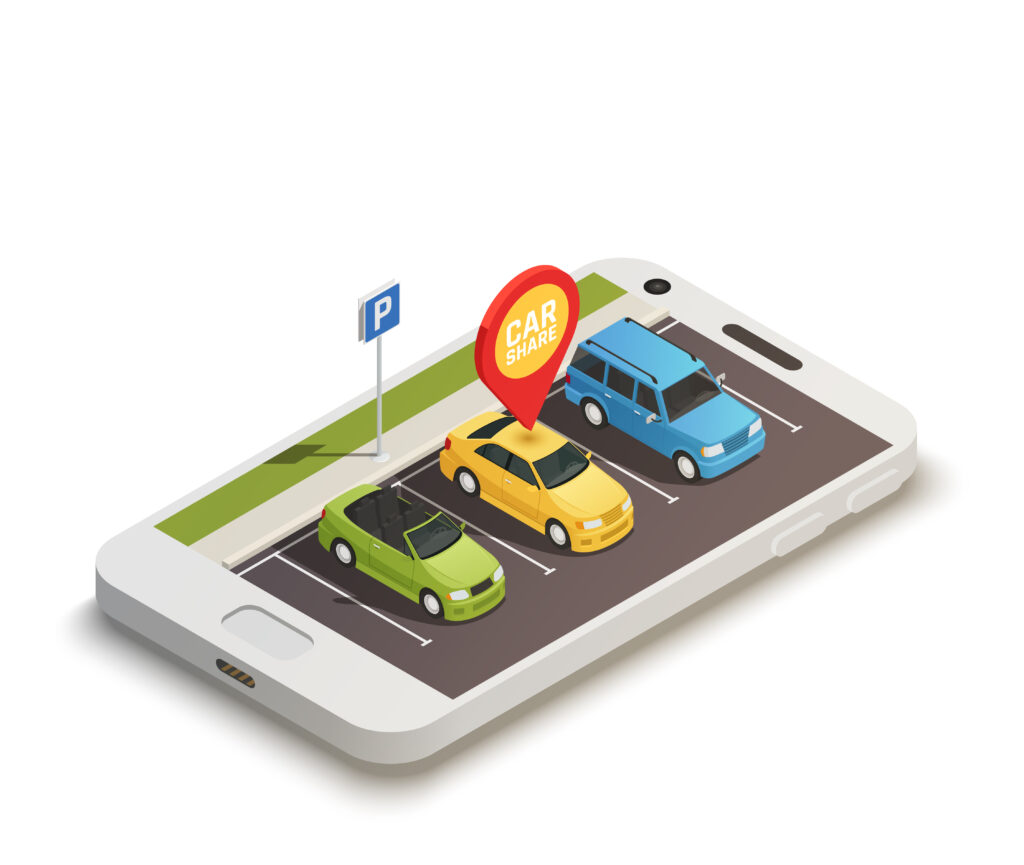
You still control the speed using the brake and accelerator, but the car handles the steering.
How Do Parking Guidance Systems Work?
When APGS is turned on, it starts looking for open parking spots as the car passes parked vehicles. The system notifies the driver and gives detailed directions when it finds a good location.

The driver is usually instructed to stop, put the car in reverse, and let go of the steering wheel. After that, the system take control of the steering and directs the car into the area while the driver manages the speed.
The system verifies that the parking maneuver was successful after it is finished.
Benefits of APGS
APGS helps drivers, especially beginners, who find parking difficult.
- It reduces the risk of accidents.
- It often parks the car more accurately than doing it by hand.
- It is very handy in tight spots, busy cities, and crowded car parks where quick and precise parking is needed.
Limitations of APGS
There are some downsides too.
- In bad weather or when road lines are faded, the system may struggle.
- Since it relies on sensors, it might not always judge if a space is suitable or big enough.
- Beginners may become too dependent on it and not learn proper parking skills.
- Drivers still need to stay alert and be ready to take over if the system fails or faces a problem.
Common Use Cases
Drivers typically use APGS for:
- Parallel parking on narrow streets
- Reverse parking in compact car parks
- Navigating into tight spaces between vehicles
The APGS is designed to simplify parking in situations where manual control may be difficult, time-consuming, or stressful.
Is APGS allowed in the UK driving test?
According to DVSA rules APGS is not allowed during the driving test. You must demonstrate full manual control of the vehicle when parking. Even if your car has APGS, you cannot use it in the test.
However, parking sensors and cameras are permitted as long as you use them to assist your own judgement, not replace it.
Conclusion
Automated Parking Guidance System helps steer your car into parking spaces using sensors and cameras. It’s useful but not allowed in the UK driving test.
You must park manually during the test, even if your car has APGS. Parking sensors and cameras are fine to use, but you must stay in control.
BOOK NowOR CALL US AT



